This China Executive Briefing examines China’s growing sci-tech sector with a case study analysis
on the development of the domestic hydrogen industry.


This China Executive Briefing examines China’s growing sci-tech sector with a case study analysis
on the development of the domestic hydrogen industry.
Always inclined to technocracy, Beijing is now gripped by the prospect of tech serving national security and power aspirations. ‘Indigenous’ breakthroughs on the level of paradigm shifts are seen as essential to growth and security. To protect the manufacturing base against external shocks, innovation will now go beyond burnishing the global competitiveness of PRC firms. Nothing illustrates this better than the human and financial resources amassed to develop hydrogen, an emerging green tech star.
Date: Thursday 20th May 2021 – 3pm AEST
Speakers: Philipp Ivanov – CEO Asia Society Australia | Liza Lin – Senior Correspondent, Wall Street Journal | Chim Lee – Lead Policy Analyst (Science, Technology and Innovation), China Policy | Michael Milne – Executive Director, The University of Sydney Centre in China | Yuan Wang – Head of UNSW Torch Innovation Precinct
Setting no hard GDP target for 2025, the 14th 5-year plan, issued March 2021, prioritised STI (science, technology and innovation, see chart 1), calling for increasing
Chapters on STI and industry upgrades come ahead of those on economic policy in the plan. These are then followed by one on digitisation. In tandem with the 5-year plan, Beijing issued a vision for 2035 that mandates ‘leaps in economic, scientific and technological, and overall national power’ in service of modernising socialism.
| 2030 megaprojects (2020-30)* | scitech frontier spearheads** |
|---|---|
| artificial intelligence 2.0 | new gen artificial intelligence |
| big data | |
| quantum communication and computing | quantum information |
| smart manufacturing and robotics | integrated circuits |
| key new materials | |
| brain science and brain-inspired research | brain science and brain-inspired research |
| seed industry innovation | gene and biotechnology |
| healthcare | clinical medicine and health |
| deep sea stations | deep space, earth, sea and polar exploration |
| integrated space-terrestrial info networks | |
| deep space exploration and in-orbit spacecraft | |
| BeiDou satellite navigation system | |
| national cyberspace security | |
| smart grids | |
| clean and efficient coal use | |
| environmental governance in Jingjinji | |
| aircraft engines and gas turbines |
* announced in the 13th 5-year plan (2016) (AI 2.0 was added in 2017)
** announced in the 14th 5-year plan (2021)
source: Xinhua
STI’s rise on Beijing’s political agenda is no coincidence, given intensifying rivalry with the US. Triggered by fear of losing access to key tech, not least semiconductors, it is also a response to long-term internal economic, social and demographic trends. Great expectations for STI feature in successive ministerial and local 5-year plans; current approaches build on high-profile initiatives like 2006’s ‘indigenous innovation’ and 2015’s ‘Made in China 2025’. Topical as these are, their roots in early 20th century modernisation, when people and resources were diverted into science and technology in the national interest, are clear to see.
Self-interest is rational, Xiao declared in March: the needs of 1.4 bn people must not rely on imports. We will learn to produce more and more goods ourselves, he claimed, pointing to the massive orders China has placed for commercial aircraft over the years as an example of what must change. Development of domestic industries will in turn contribute to the global innovation network.
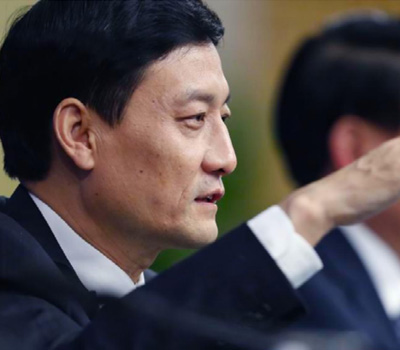
Xiao Yaqing 肖亚庆
Minister of Industry and IT
Technology is more than a means to economic growth. The PRC was one of the first countries to adopt health codes for mobile devices during COVID-19. Air pollution is successfully battled by relocating and upgrading outdated power and steel plants. Automation, not immigration, is the response to rising labour costs threatening to drive manufacturing offshore.
To Beijing, technology is a ‘patriotic imperative’ pursued with missionary intensity. It is currently understood as a conscious counter to ‘making America great again’.
What is changing is how the PRC relates to the world. Still opening up and going global, Beijing deploys STI as a high card in Belt and Road Initiative dealing and vaccine diplomacy. But global trade, above all with advanced economies, has proven an uncertain pathway to global power. Instead, the 14th 5-year plan places STI firmly in service of domestic industry security. Beijing is determined to keep a strong manufacturing sector underpinning long-term social and economic stability. The PRC economy will not be retooled around services and industry outsourcing, even if the end of export-oriented growth suggests that as the logical next phase.
‘Made in China 2025’, born in the era of globalisation, has lost relevance; export competitiveness is no longer the top priority. Yet many of the concrete policies under its umbrella are readily refocused on selfreliance: fostering strategic emerging industries, ICT-powered coinnovation across the supply chain, more corporate research spending, and freeing tech bottlenecks in industry.
State-planned R&D, industry policy and social engineering are costly and error-prone. Sectors awarded all-of-state attention typically satisfy several policy goals at once—subjecting them to political risk. Attention from Beijing reverberates through the innovation chain. Of strategic interest to Australia, hydrogen technology is a case in point.
Since it was raised in the 2019 government work report, local investors have poured at least US$53 bn into hydrogen tech, anticipating lavish state subsidies. By 2025, the sector’s output value will reach US$155 bn, predicts the China Hydrogen Alliance, a lobby group primarily of large, fossil-fuel SOEs (state-owned enterprises). Between 2025 and 2035 the number of FCVs (fuel cell vehicles) is to climb from 50,000 to 15 million (there were 7,000 by end 2020), and fuel stations from 200 to 1,500. A roadmap is needed, say industry insiders, to bring hydrogen prices at the pump below C¥35 (US$5.50) per kilo, while growing the share generated with renewable energy.
Hydrogen imports may play a role in meeting these targets, despite local commentators presenting domestic solar and wind power as the longterm sources. By 2030, China’s annual hydrogen demand will reach 37 million tonnes, predicts the alliance (forecast based on recent production figures, see chart 2); by then electrolysis with renewable energy should reach price parity with chemical production plus carbon storage (see table 1).
source: Forward Intelligence, CCTV
| production type | input type | input price | output price (RMB/kg) | carbon emissions (kg CO2 e/kg H2) |
|---|---|---|---|---|
| electrolysis | commercial power | C¥0.8/kWh | 48 | 34–43 |
| off-peak power | C¥0.3/kWh | 23 | ||
| excess renewable power | C¥0.1/kWh | 14 | 0.4–0.5 | |
| chemical production | coal | C¥550/tonne | 9 | 22–35 |
| natural gas | C¥3/m2 | 27 | 10–16 | |
| industry byproduct | n/a | 10–16 | n/a | |
source: China Hydrogen Alliance
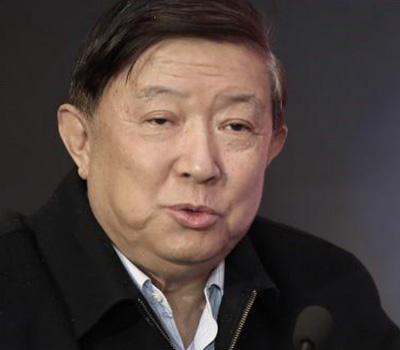
Xu Guanhua 徐冠华
Former Minister of Science and Technology
Decisions about the hydrogen industry should reflect the lessons learnt in the wind, solar and EV sectors, said Xu, 22 April. Localities and central ministries should coordinate to avoid low-end repetition and the waste of resources. This is precisely the strength of participating ministries (science and technology, industry and IT, development and reform, and finance), argues Xu, who was science and technology minister, 2001–07. Many tech challenges remain for the hydrogen sector; decisions should not be rushed, nor should they stop it in its tracks.
China’s FCV rush follows a familiar pattern that has global repercussions. Just as with EVs (electric vehicles), and to a lesser extent PVs (photovoltaics), Beijing sees a chance to unseat foreign incumbents in a key global industry (autos) by betting on a future technology. At the same time, it may solve domestic air pollution, make progress toward carbon neutrality, boost domestic consumption and reduce oil imports.
Beijing is aware of the boom and bust cycles that typically mire this approach. Painful adjustments in PVs and abuse of EV subsidies have discredited purchase subsidies. Local governments are now to be rewarded for running pilots, gaining points for the size of their FCV parks, average mileage of their cars, hydrogen production and the local hydrogen retail price. In an attempt to pre-empt overcapacity and (lowend) competition, the policy requires city clusters to coordinate. Still, with 16 city clusters applying to date (since September 2020), the risk of overheating remains (see map 1).
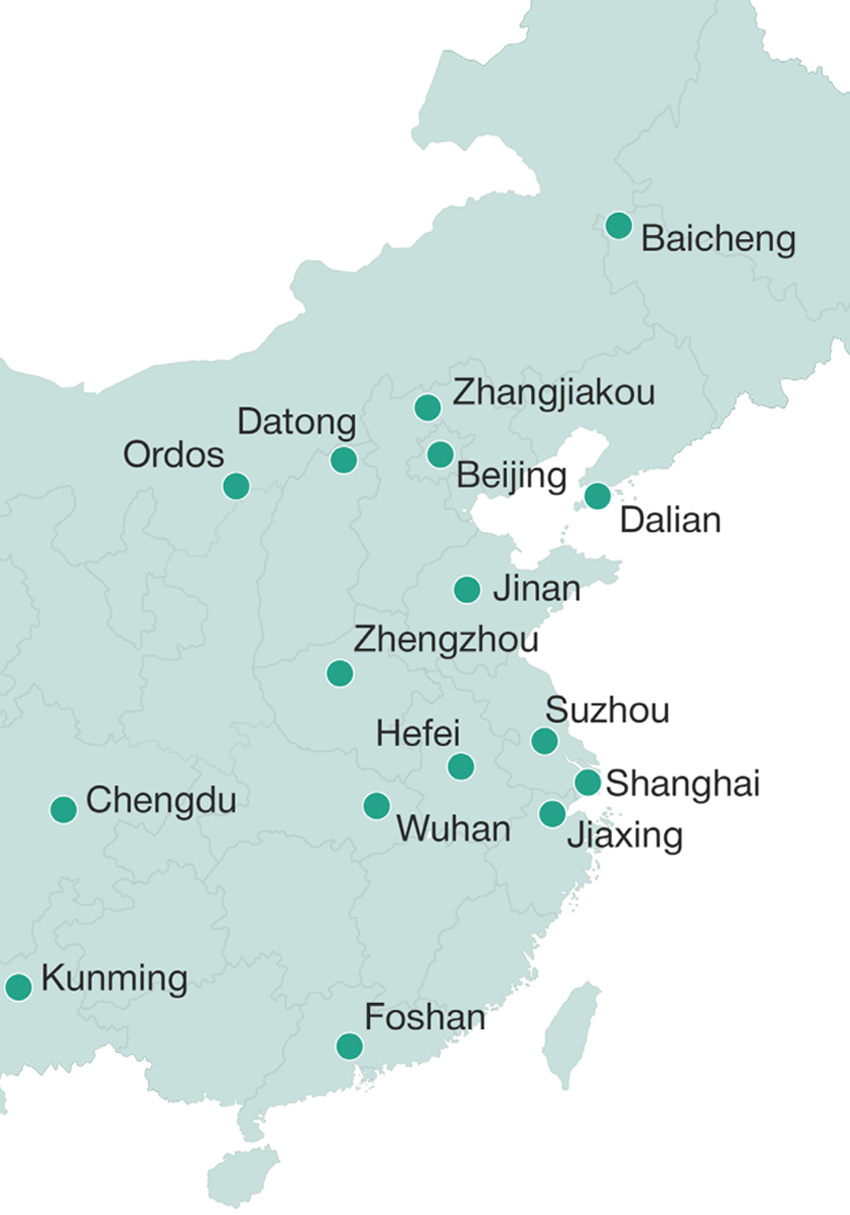
source: Zhihu
By 2025, the zone should have 74 fuel stations servicing 10,000 vehicles, according to a draft municipal policy issued for public comment 7 April 2021. By October 2020, 370 FCVs were in operation and only two stations, one of which was built during the 2008 Beijing Olympics. The 2022 Winter Olympics are now a key catalyst, with plans for 212 hydrogen buses to transport visitors. Trucks (4,400) and forklifts (5,000) are to make up the bulk of new FCVs. Adding production, transport and storage of hydrogen, the zone is to reach an industry scale of some US$15.5 bn by 2025, up from some US$500 million in 2020. Industrial and residential uses will also be explored, e.g. integration in data centres, neighbourhood smart grids and heating systems.
Fuel of choice for large, integrated projects, hydrogen creates a very different dynamic from that in the EV and PV sectors. Large oil and gas SOEs, not SMEs, are taking the lead. Still, swift completion of supply chains and pressure for local pilots to compete against each other opens space for SMEs and global actors.
The world’s largest oil and gas conglomerate, Sinopec’s ambition is to become China’s first large hydrogen company. A national network of 1,000 refuelling stations is planned for 2025; two thirds of the total expected nationwide. The central SOE is already involved in many hydrogen pilot zones, and chairs the China Hydrogen Alliance. Over the next five years, its accumulated hydrogen production is expected to exceed a million tonnes. Sinopec is also involved in large renewables and carbon storage projects, embracing Xi Jinping’s carbon neutrality pledge.
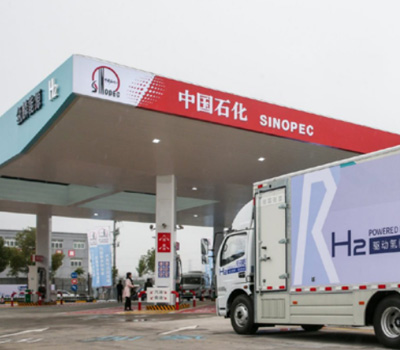
Sinopec 中国石化
Global actors are particularly relevant to R&D, where efforts are picking up. Citing Xi Jinping’s 习近平 carbon neutrality pledge to the UN, China’s central research agency added ‘energy chemistry’ as a funding category to boost hydrogen-related basic research. Another national scheme, more focused on applied research, has set a budget of almost C¥800 million (US$123 million) for its 2021 funding round (see chart 3), calling for proposals on efficient production, safe storage and transport, high-performance power systems (fuel cells) and a pilot project bringing hydrogen to 10,000 homes, detailing the tech breakthroughs needed.
source: Ministry of Science and Technology
These publicly-funded projects come with fewer strings attached, as seen in the growing use of flat-rate contracts and open competition. Research institutes beyond those run by the state are urged to apply for grants. Results-based, this approach foresees international researchers and firms partnering with local institutions.
Yet Beijing seeks to align research output with industry and national strategic needs (refocusing researchers away from publishing in overseas journals and toward domestic needs). CAS (Chinese Academy of Sciences), overseeing most public research institutes, will stay relevant by moving to break ‘strangleholds’ over integrated circuits and other tech that the US and others may use against China.
Bringing stakeholders in academia and industry together is a prime task of national innovation centres. Under ‘Made in China 2025’, some 20 have been launched since 2016, with the Ministry of Science and Technology scheduled to launch several more by 2025. A National Fuel Cell Innovation Centre to be based in Ji’nan, Shandong, was announced in April 2021.
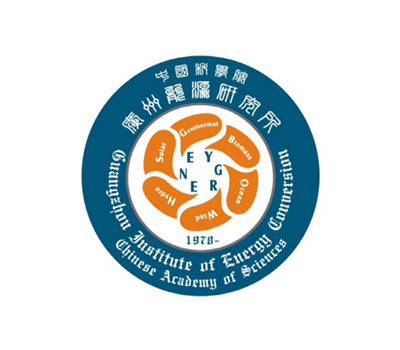
Guangzhou Hydrogen Production and Utilisation Lab 广州制氢与利用实验室
A subdivision of the CAS Guangzhou Institute of Energy Conversion, the lab has been under the direction of Yan Changfeng 阎常峰 since 2009. It boasts research collaborations with the Natural Science and Engineering Technology Research Council of Canada, University of British Columbia, Australian Commonwealth Scientific and Industrial Research Organisation, Italian New Technology Energy and Sustainable Economic Development Agency and Singapore Science and Technology Development Agency
Hydrogen, renewables, carbon storage and other green technologies feature in any forecast of the PRC’s road to carbon neutrality by 2060. The same blend of opportunity and risk can be found in joint R&D in healthcare, aged care, education, food security and agriculture: all fields in which Australia has much to offer.
Beijing has consistently looked to technology for solutions to social, economic, governance and environmental challenges; the world will benefit from engaging in this endeavour. Yet open international collaboration will be increasingly difficult as cross-border data flows are restricted, Beijing pursues self-reliance, and science and technology become ever more politicised.